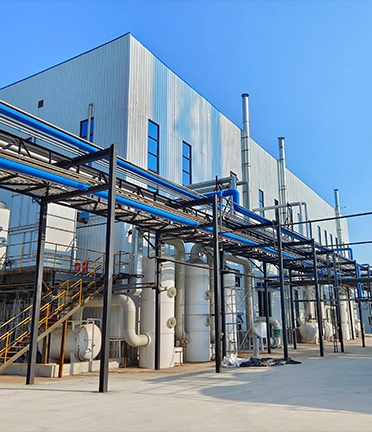Innovative HEDP Solutions for Effective Water Treatment Processes
HEDP in Water Treatment An Overview
Water is an essential resource, vital for life, agriculture, industry, and countless other applications. With growing concerns about water quality and pollution, effective water treatment methods have become increasingly crucial. One significant chemical compound employed in water treatment processes is Hydroxyethylidene Diphosphonic Acid (HEDP). This article explores what HEDP is, its role in water treatment, and its effectiveness.
What is HEDP?
HEDP is a colorless, odorless liquid that belongs to a group of chemicals known as phosphonates. It is characterized by its ability to chelate metal ions, which means it can bind with metals in the water, preventing them from forming scales and precipitates. Due to its molecular structure, HEDP exhibits a high degree of stability and efficacy even in challenging chemical environments, making it a preferred choice in various applications.
Role of HEDP in Water Treatment
HEDP is primarily used in water softening and scale prevention. Scale formation, caused by the precipitation of calcium carbonate, magnesium carbonate, and other hardness minerals, can lead to significant problems in industrial water systems. These issues include reduced efficiency in heat exchangers, blocked pipes, and increased energy costs. By employing HEDP in water treatment, facilities can manage scaling effectively.
When introduced to water systems, HEDP interacts with dissolved calcium and magnesium ions, forming stable soluble complexes that remain in a liquid state, thus preventing scale build-up. This process not only extends the lifespan of equipment but also optimizes energy usage, making industrial operations more cost-effective and environmentally friendly.
Advantages of Using HEDP
One of the major advantages of HEDP is its high efficiency at low concentrations. Unlike some traditional phosphate-based treatments, HEDP is effective even at minimal doses, reducing the need for excessive chemicals and lowering operational costs. Additionally, its low toxicity levels make it safer for use in various applications, including those involving food production and potable water systems.
hedp water treatment

HEDP also exhibits excellent thermal stability, meaning its effectiveness is maintained over a wide range of temperatures. This characteristic is particularly beneficial for cooling water treatment systems, where temperature fluctuations can significantly impact chemical performance. Moreover, HEDP is resistant to biodegradation, ensuring long-lasting results and maintaining water quality over extended periods.
Environmental Impact
As global emphasis on sustainability increases, the environmental impact of water treatment chemicals becomes a focal point for research and development. HEDP presents a more eco-friendly alternative compared to traditional phosphates, which can contribute to algal blooms and eutrophication in water bodies when discharged in large quantities. Due to its controlled use in treatment systems, HEDP minimizes the risk of environmental harm.
Moreover, many formulations of HEDP are designed to be biodegradable under specific conditions, allowing for better management of water treatment waste. This characteristic aligns well with the principles of green chemistry, which advocate for minimizing hazardous substances and reducing environmental footprints.
Applications of HEDP
HEDP finds applications across numerous industries. In the energy sector, it is used in cooling towers, boilers, and other water systems to prevent scale and corrosion. The formulation is also prevalent in the oil and gas industry, where it helps enhance the efficiency of production processes by maintaining optimal water quality.
In addition to industrial applications, HEDP is utilized in residential water treatment systems, helping to improve water quality in households by controlling hardness and preventing scale build-up in plumbing fixtures and appliances.
Conclusion
In conclusion, Hydroxyethylidene Diphosphonic Acid (HEDP) plays a critical role in modern water treatment processes. Its ability to prevent scale formation, along with its environmental advantages and effectiveness, makes it an invaluable asset across various industries. As the demand for cleaner and more efficient water treatment solutions continues to rise, HEDP is set to remain at the forefront of innovations aimed at safeguarding one of our planet's most precious resources. Through its contributions, HEDP not only enhances industrial efficiency but also promotes sustainability, underscoring the importance of responsible chemical usage in water treatment and environmental stewardship.
-
Water Treatment with Flocculant Water TreatmentNewsJun.12,2025
-
Polymaleic AnhydrideNewsJun.12,2025
-
Polyaspartic AcidNewsJun.12,2025
-
Enhance Industrial Processes with IsothiazolinonesNewsJun.12,2025
-
Enhance Industrial Processes with PBTCA SolutionsNewsJun.12,2025
-
Dodecyldimethylbenzylammonium Chloride SolutionsNewsJun.12,2025





